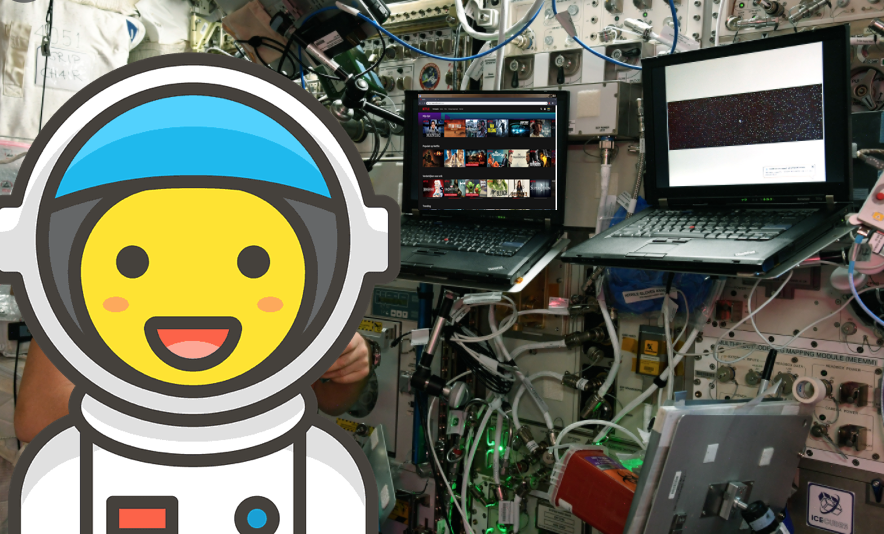How does internet work at the International Space Station?
In the digital age, bandwidth and connectivity both are very much important. That is vital even in Low Earth Orbit. Have you ever wondered how does internetwork in International Space Station (ISS)? Let us find out here:
In the space station, data is communicated between the earth and the ISS using many ground-based antennas which are also called the Space Network and a system of Tracking and Data Relay Satellites (TDRS).
Greater speed in the transmission of information is necessary due to the amount of data generated by the space laboratory. And opens the way for the same to be done in the future in other structures in space, such as the Gateway. It is a small spaceship to be launched into the orbit of the Moon and that will function as an outpost for the exploration of Mars.
The space station communicates with Earth via radio frequency signals using a tracking system via data retransmission satellites (TDRS), in addition to antennas at ground stations.
TDRS is launched in high orbit and positioned at strategic points so that it can transmit data to the ground from anywhere around the Earth.
The Wallops Flight Facility, located in Virginia (USA), was one of the antenna sets to gain speed in its data transmission system.
Fixed lines then send the radio signal to NASA centers, and their computer systems turn it into readable data. In response, the process is repeated in the other direction.
Speed will be standard:
According to the engineer responsible for updating the Space Network, Risha George, “advanced radio waves can be used to increase data rates and improve the performance of communication services, and could be used in future missions, such as Gateway”.
Technicians upgraded the space station’s modem, improved data processors at NASA’s research centers, and improved routers, interfaces, and other equipment and software at ground stations.
The circuits and bandwidth of the terrestrial data lines were also updated - and everything was tested while the system supported more than 40 ongoing missions.
On the International Space Station you can also see Netflix:
Although it is considered that space like the International Space Station (ISS) must have cutting edge technology, the truth is that it is not quite like that. Interestingly, the Internet access connection from the EEI was “only” 300 Mbps.
The good news for astronauts is that the connection has been upgraded.
Finally, the astronauts who are at the ISS will have a connection that allows them to access online content more quickly. George Morrow, director of NASA’s Goddard Space Flight Center, confirmed that the internet access connection has now been 600 Mbps, that is, twice the bandwidth of the previous connection.
In addition to a faster access to content, the new Internet access speed will also allow you to view streaming content with better quality.
Scott Kelly, one of the most recent members of the station, explained in an interview with CNBC that in his spare time he watches ‘Game of Thrones’ and ‘Better Call Saul’. Although, he acknowledged that the call was not always the best because it depended on the fact ground stations have to be in line with the ISS.
